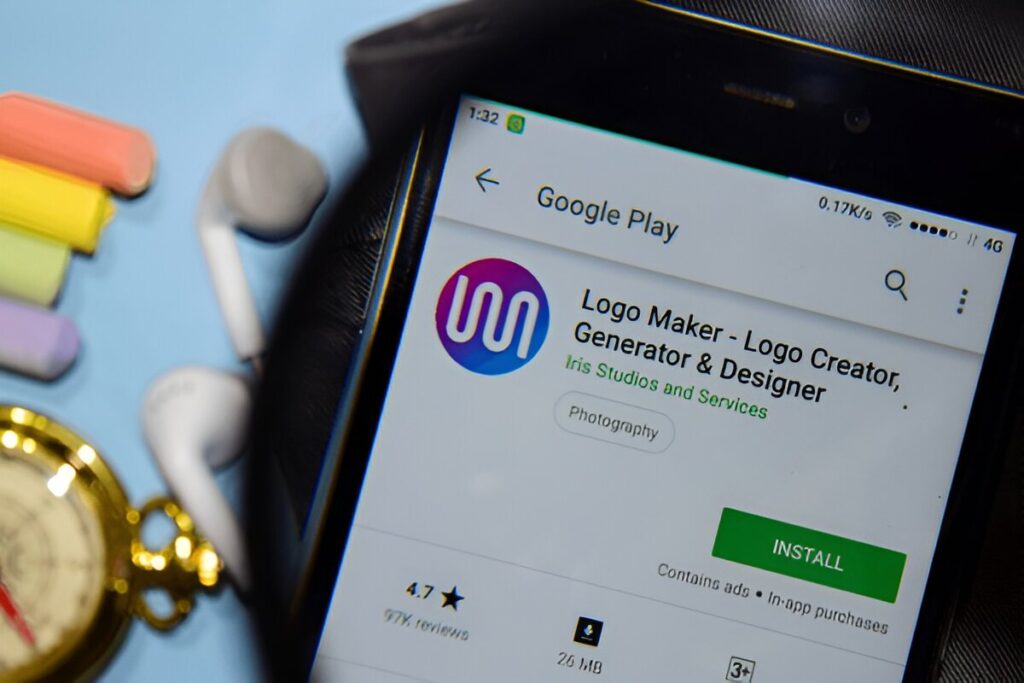As a creator, you need to be smart with your money. Whether you are an influencer, designer, filmmaker, or content creator, investing rightly will help you grow your passion into a long-term security. Smart investing will help you save funds for slow seasons, fund passion projects, and build a life where your creativity isn’t constantly battling your bank account. This Guide titled Top Investment Strategies For Creative Professionals will walk you through accessible, smart investment tips created just for creative professionals.
Top Investment Strategies For Creative Professionals in 2025
- Take slow risks first.
The biggest mistake creatives make when they first think about investing is trying to go big too quickly. Before you invest your time, energy, and money, especially, know how far you can tolerate risk; understanding your level of risk tolerance is important. Don’t be in a rush to start big, but rather understand the principle of starting small because it helps boost confidence. Start small with something affordable. Starting small Even the smallest investments can grow with time, especially when you stay consistent.
2. Define your goal.
Defining your goals simply means turning your unclear hopes into specific, meaningful, and measurable action regardless of how hard it might be. Starting with a clear vision will help and encourage you to set meaningful goals. As a creative, you need to be clear about your why and how it prevents you from making random decisions. You need to be able to ask yourself, ‘Why does this really matter to me? What impact do I want my creativity to have? Because what and why fuels your discipline. Your goals clearly make you focus on what really matters. Knowing fully well where you’re headed
3. Expand your income.
As a creative, having one main hustle or single source of income is risky. You can have a various income, even if small, where you earn money from multiple income streams instead of relying on just one. The goal is to make sure when one stream dries up, the other one is still flowing. It’s important for creatives to be financially secure to protect their own slow season. The more streams you create for income, the more financially secure you become, and the more independent you’ll feel to keep experimenting in your art without constant money pressure.
Regardless of whether they are small or big. It could be an investment; the aim is to have many income streams.
4. Hidden costs and Taxes
As a creative when investing and budgeting, every investment looks exciting at first glance, but don’t fall for that. When the hidden cost and tax start creeping in, you’ll realize a big part of it goes into the material or even transportation. The interesting move is to always budget for the hidden cost and tax before committing money. Add up all your expenses related to the project, and then you can now decide how much you want to earn after the cost. If you charge for VAT or a shipping fee, state it up front, and then you can add it to your pricing. Nigerian creative types know that personal income tax rates range from 7% to 24% depending on income bracket. It’s often deducted by the client before payment, and it’s often common in B2B transactions and government contracts.
5. Consider creative grant
One of the smartest investment moves is to know and learn how to tap into existing funds and government grants backed with initiatives designed to support creatives like you. The investment funds and grants are non-repayable funds or low-interest capital provided by the government, an organization, or a private institution to scale their business and expand into the market, unlike the loan companies, which will be paid back, but grants don’t require repayment. For example,
The Creative Economy Development Fund (CEDF) is a transformative initiative launched by Nigeria’s Federal Ministry of Arts, Culture, Tourism, and Creative Economy. There’s up to $100,000 in funding available for creatives and SMEs. Open to individuals, startups, and organizations in sectors like film & TV, cultural tourism, music, and fashion, it’s designed to inject capital into Nigeria’s creative industries and unlock the value of intellectual property. There are two phases of allocation, the first of which is for larger investments for established businesses (closed June 30, 2025), and the second phase is for smaller ticket sizes for MSMEs and emerging creatives (open until August 31, 2025).
There’s also the Creative Industry Financing Initiative (CIFI) led by the Central Bank of Nigeria in partnership with banks like Polaris and Access Bank. This fund was set up to provide low-interest loans for music, fashion, film, and IT projects. Instead of struggling to buy equipment, build a studio, or launch a production, creatives can access financing that was once out of reach.
Conclusion
For creatives, investing wisely is simply another form of creativity, one that requires vision, patience, and strategy. When you start small with a defined goal, you’ll gradually break financial bondage and live freely and independently. The most important thing to remember is that your creativity is an asset in itself. When you pair it with smart financial planning, you’re not just surviving the ups and downs of the creative industry; you’re creating wealth and freedom.


